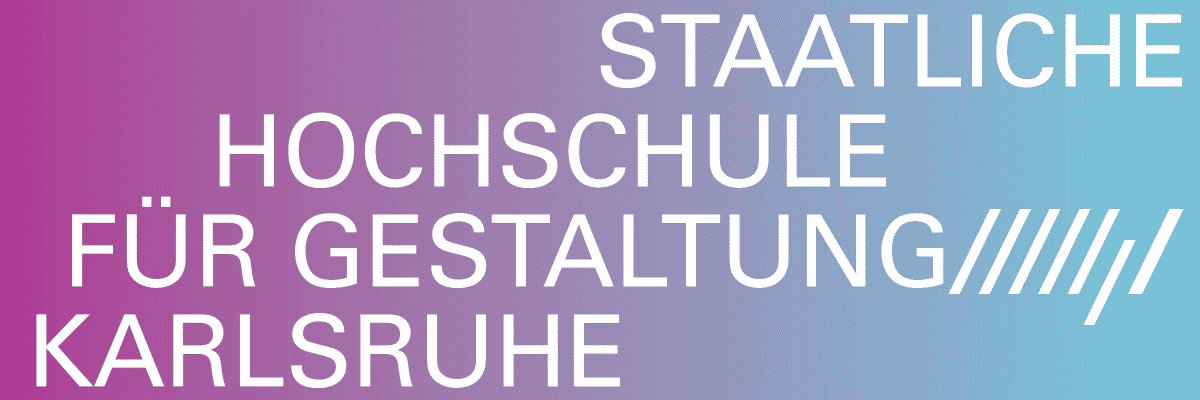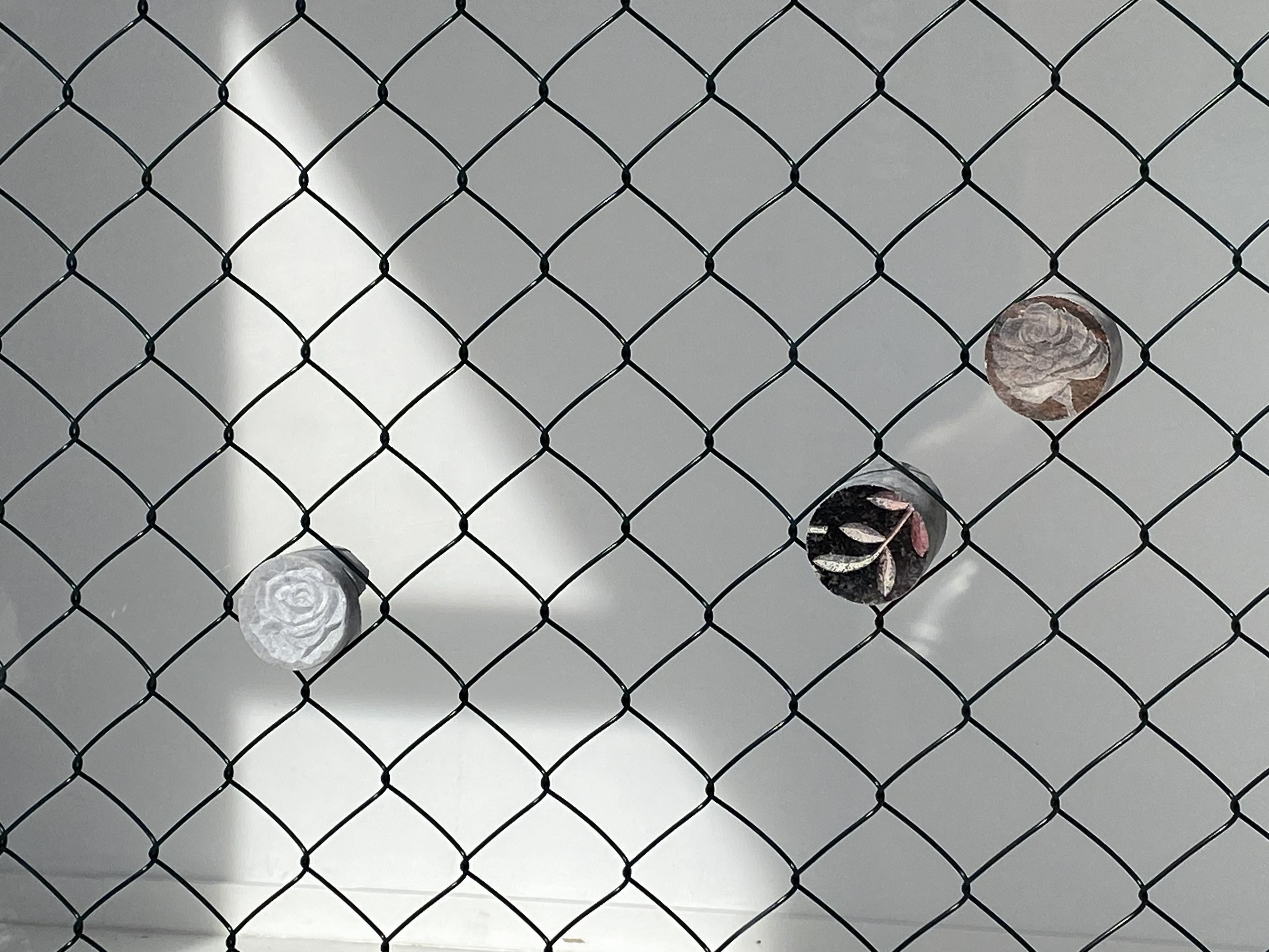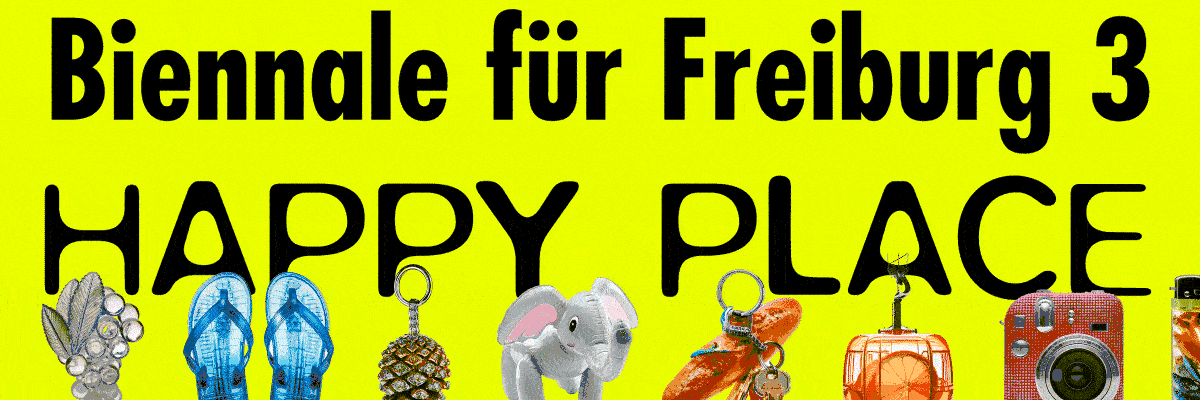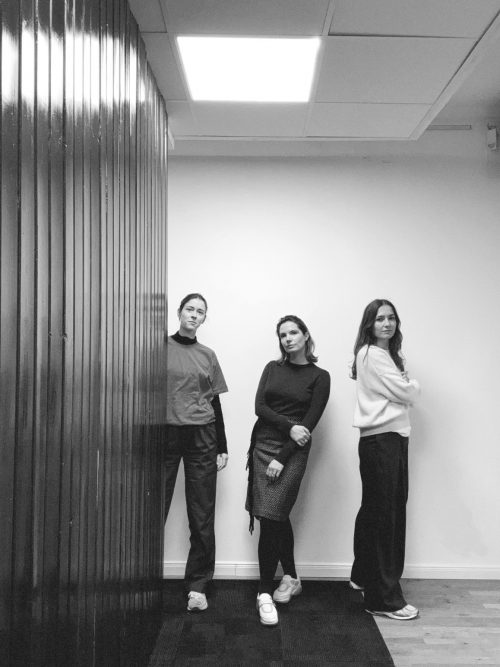
Laura Jatkowski
flowery days

Laura Jatkowski: flowery days, 2023 (exhibition view)
Advertisement

Laura Jatkowski, 'flowery days', detail, 2023 (courtesy of the artist), photo Marta Capilla

Laura Jatkowski: flowery days, 2023 (detail of the installation)

Laura Jatkowski: flowery days, 2023 (detail of the installation)

Laura Jatkowski: flowery days, 2023 (detail of the installation)

Laura Jatkowski: flowery days, 2023 (exhibition view)
In her exhibition "flowery days" Laura Jatkowski (*Berlin) presents an
installation of small stone works and a fence that cuts through the G10 Projektraum. The sculptor uses discarded gravestones from cemeteries as a basis for this work, from which she removes the floral decorative elements. The selected motifs are geometrically stylised roses that she drills cylindrically out of the natural stones. In this process, the removal from gravestones resembles the detachment and fading of memories.
Roses have always been symbolic signs deeply anchored in cultures. Their meaning oscillates between the promise of life after death, all-encompassing love, the sacredness of various divine figures, and the eroticism and sensuality of female bodies. The gravestones Jatkowski has chosen for this installation seem like final, gentle messages from the bereaved. Depending on the skill of the stonemason, the flowers in the exhibition appear to be more geometric-composed formations, organic-soft leaves or naïve depictions of nature; but they are all recognisable as distinct roses. The form of the rose is so embedded in Western cultural memory that they are easy to decipher even in a wholly unexpected context.
Although these stones contain a highly emotional, individual value, they are mass-produced, machine-made for a wide population. The repeated depiction of flowers in the exhibition is due to the repetitive choice of motifs by the stonemasons. Laura Jatkowski adopts this serial character and presents a multitude of roses that stand for individual losses as well as mourning and love. Many years of weathering have left their mark on the decorations. Thus the constant change to which the stones were subjected, first in the cemeteries and then under Jatkowski's revision, resembles the changing and fading memories of a deceased person. In the exhibition, the flowers carved in stone are like fragments of memory; they hang within the wire of the fence. With its net-like, permeable structure, this space-dividing installation marks a place that set limits and yet allows connections. The fence is ripped and has several gaps which resemble the impermanence of human memory, which can only memorize fragments. The heavy material of the stones contrasts with the light character of the stretched fence. At the same time, the roses are the foundation of entire identities, which have died out but are still present. In the artistic reworking of the gravestones and the transfer of motifs in gallery spaces, the artist questions concepts of culturally conditioned memory processes, rites and testimonies of love.
Carolina Madde




